Full Belly Files | My Beginning and Nagorno-Karabakh’s End
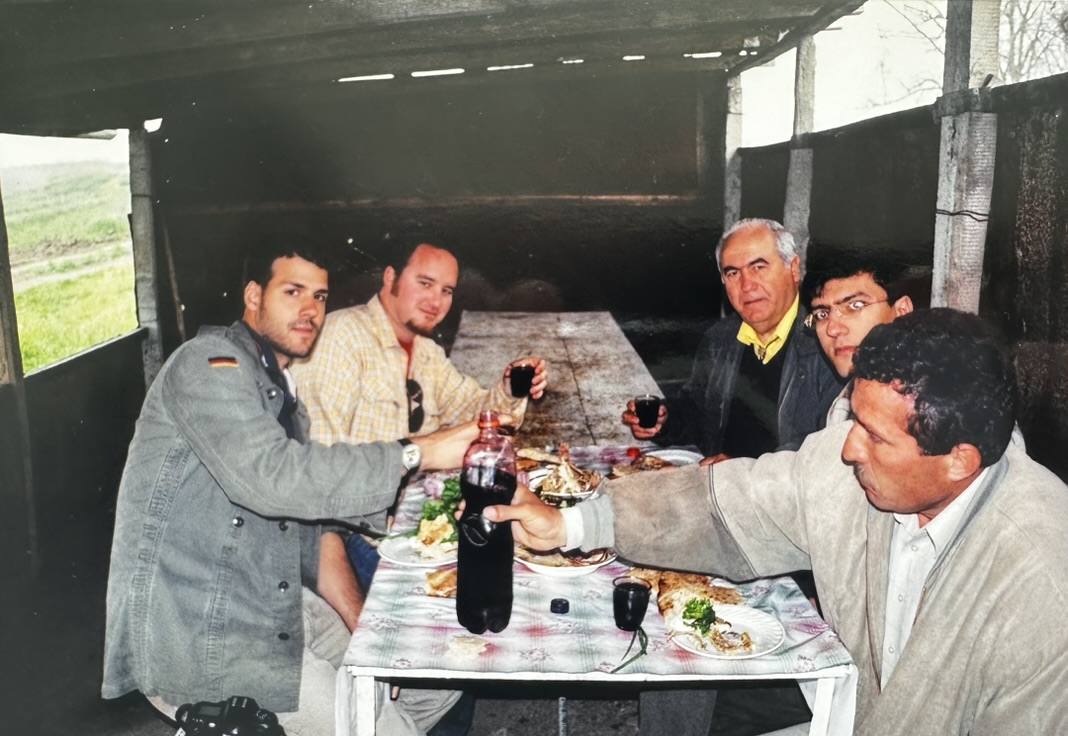
This edition of Full Belly Files was originally emailed to subscribers on February 23, 2024. To receive Matt Kettmann’s food newsletter in your inbox each Friday, sign up at independent.com/newsletters.
Last fall, I was struck by feelings of both anger and remorse as I witnessed scenes of refugees from the Republic of Nagorno-Karabakh fleeing their generations-old homes toward an unknown future in neighboring Armenia. They were victims of the latest, and seemingly final, war over the breakaway Karabakh republic, which ethnic Armenians established in 1994 by prevailing over Azerbaijan at the end of a three-year war.
Only Armenia ever granted Karabakh status as an independent state, and Azerbaijan’s threats to reclaim the territory finally came true in September, when a brief skirmish forced the remaining Armenians to leave. The republic was wiped off the international map entirely on January 1, 2024.
The videos and photographs of the refugee convoys snaking through the Lachin Corridor brought me directly back to my own memories of that same mountainous route, which weaves past towering monasteries, ancient cave complexes, and brilliantly green peaks. I was on that road 20 years ago, headed into my own unknown future as a twentysomething journalist from Santa Barbara.
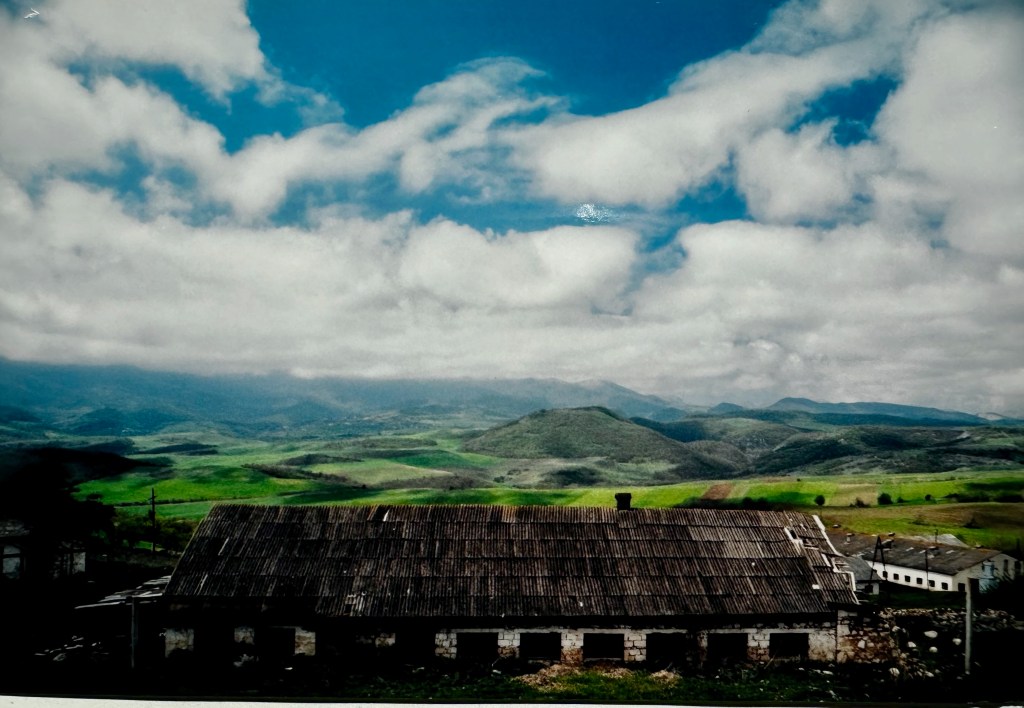
I first moved in the opposite direction of the refugees, away from the relative safety of Armenia and into the war-ravaged, officially unrecognized land of Artsakh, which is what Armenian ancestors first called this land more than 2,000 years ago. Traveling with war photographer Jonathan Alpeyrie — who already had experience in breakaway republics of the Caucasus region and would many years later be kidnapped in Syria — I was young and eager to make a name for myself, and saw trips to obscure and/or risky regions as a possible ticket to editorial success and financial stability.
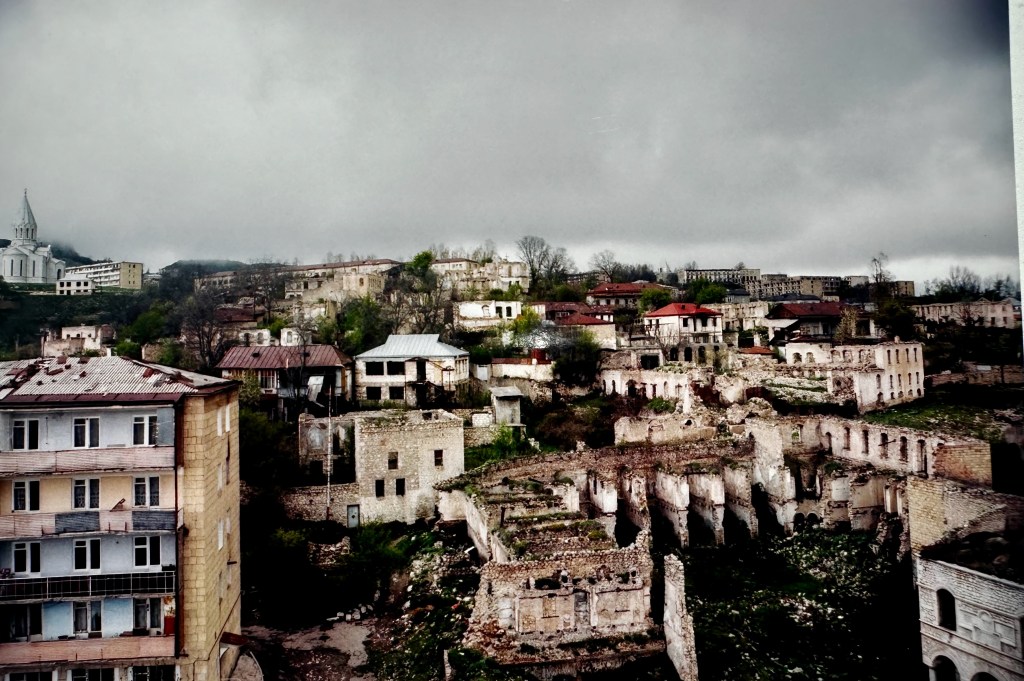
I was right, as that trip and other international gambles before and after led to connections with international publications like TIME Magazine and the New York Times that helped establish my career. But back in 2004, I never would have guessed that my writings two decades later would be more concerned with wine than war, an outcome directly connected to the three weeks I spent getting to know the people and places of Nagorno-Karabakh.
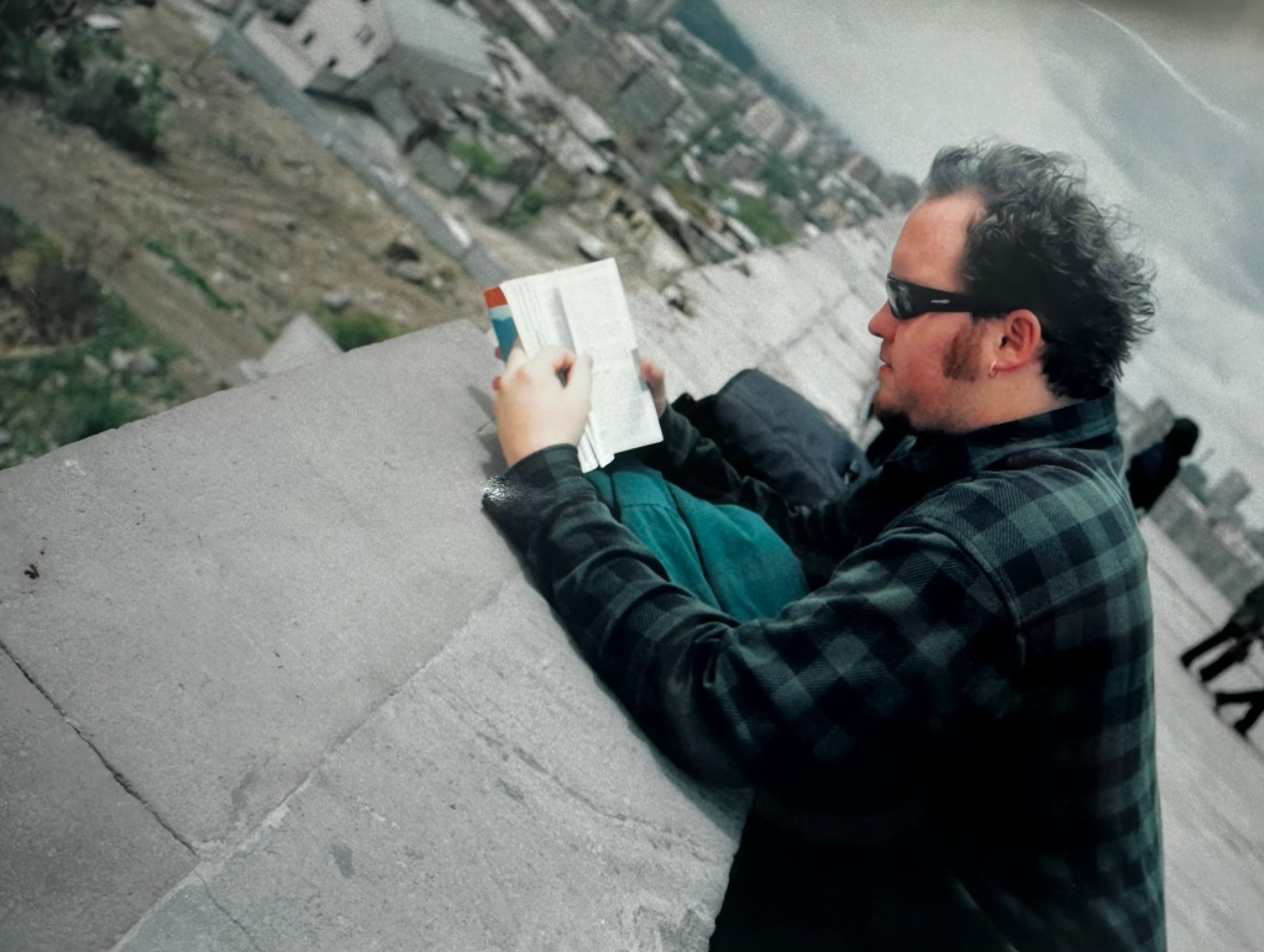
I first met Jonathan Alpeyrie in 2003 when he submitted some photos to the Independent, and we struck up a working friendship. I’d already done reporting trips to Belize, Bolivia, and Costa Rica by then, and was always on the lookout for somewhere new. He’d send me ideas that seemed either too dangerous or too expensive to pull off, but then mentioned a connection to a Fresno-based nonprofit called the Armenian Technology Group that worked in this breakaway republic.
Like most Americans, I’d never heard of Nagorno-Karabakh, despite the three-year long brutal war between Azeris, who are Muslim, and Armenians, who are Christian, that consumed the region when the Soviet Union fell in 1991. Under Soviet rule, the region was included in the state of Azerbaijan, even though most of the residents were Armenian. That fostered the sort of distracting internal tension preferred by Joseph Stalin way back when the USSR was created.
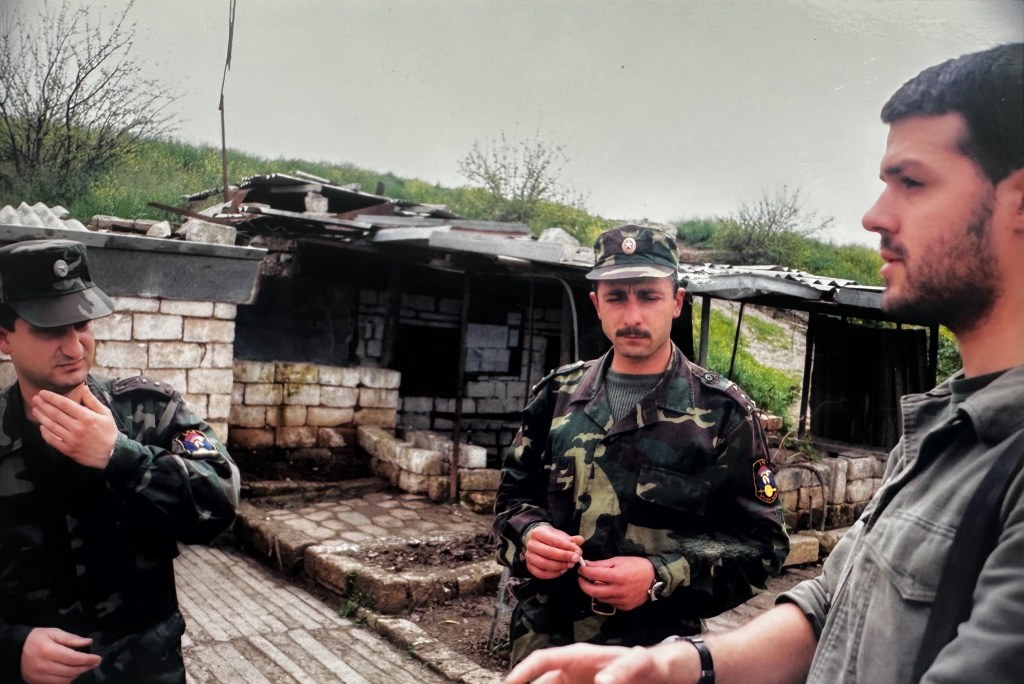
The first Nagorno-Karabakh war killed more than 30,000 people in a region where only 200,000 lived, and ended in 1994 with ethnic Armenians victorious. That meant our 2004 visit would be during the republic’s 10-year anniversary celebration, which promised to be newsworthy. Plus, though in the middle of nowhere and still in partial rubble, Karabakh appeared to be relatively safe — the frontline skirmishes were brief and rare — inexpensive, and uncovered by most media, all good signs for a profitable project.
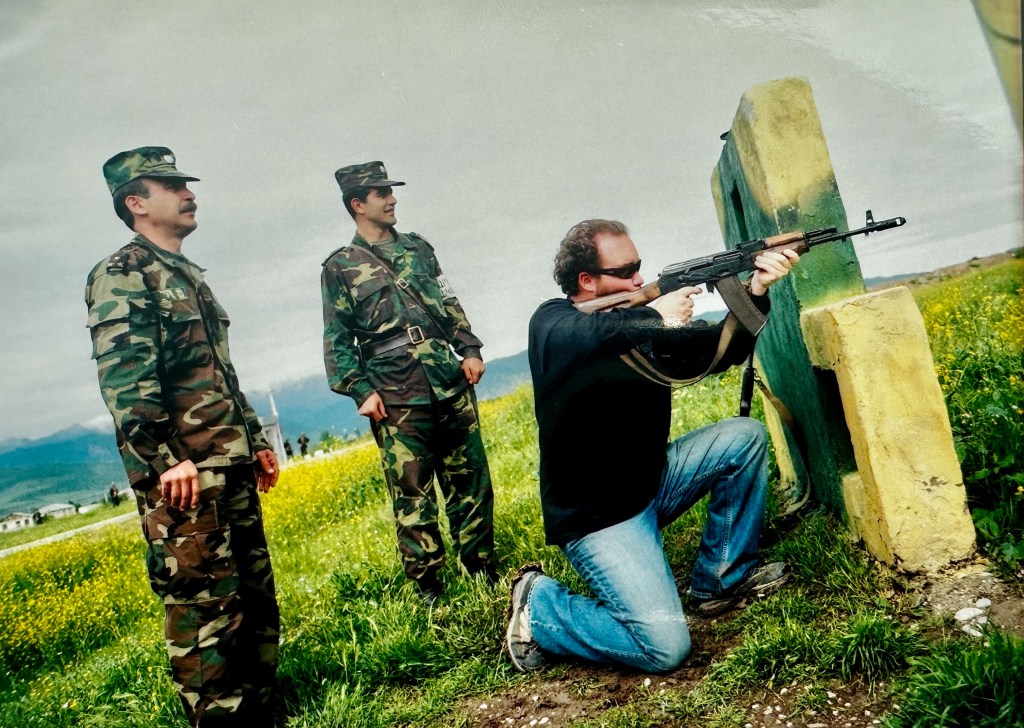
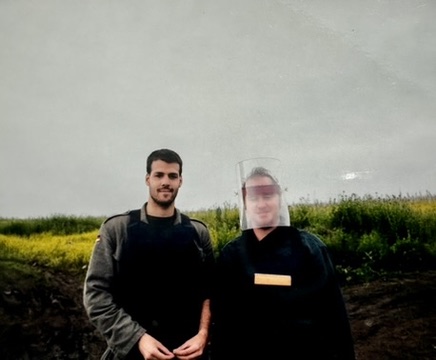
It took us about a week of paperwork-pushing in the Armenian capital of Yerevan to get our visit to Karabakh in order. Our primary goal was covering the geopolitics of the situation, meeting with the military, and visiting the front lines. But that would take even more time to arrange once we were in Karabakh, so I suggested that we also do some reporting on the region’s reemergent wine industry, which dates back many thousands of years. Indeed, the greater Caucasus Mountains region is considered the birthplace of wine as we know it.
I’d already been writing a little bit about wine for the Independent, and used some of that background to avoid sounding like a total fool while speaking through translators to the region’s winemakers and distillers. We visited wineries whose walls were riddled with bullet holes, vineyards whose rows were loaded with land mines, and even a cooperage in a former tank factory, where the employees focused on barrels rather than battles.
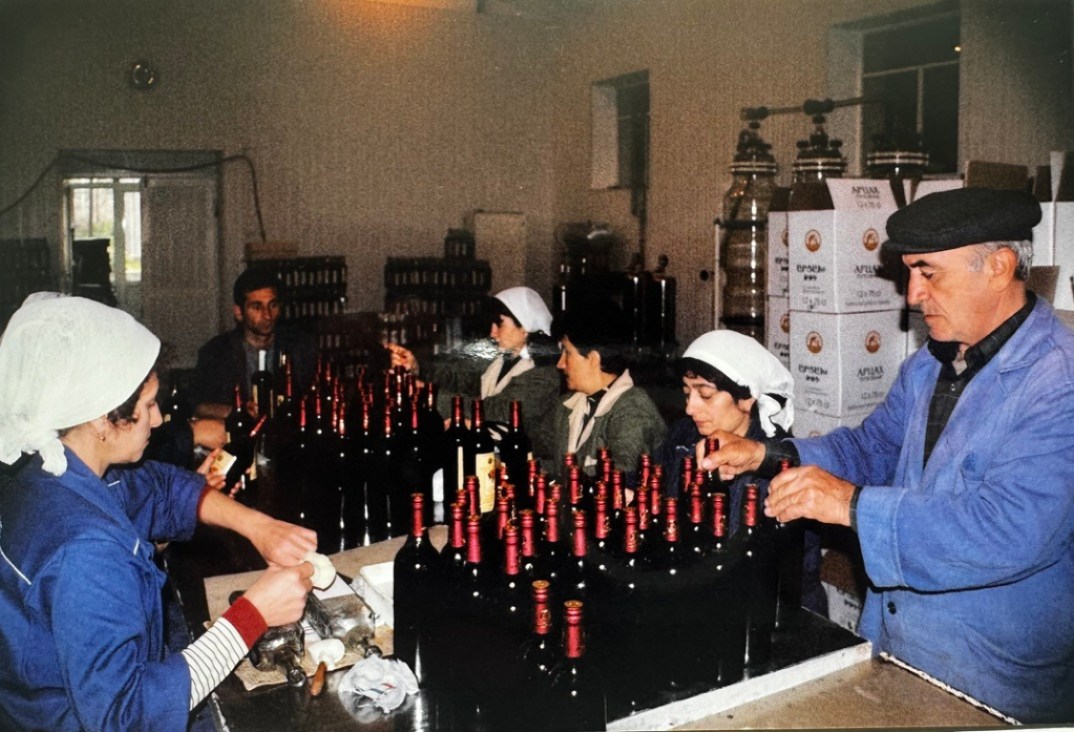
After those first couple days of wine reporting, the rest of our trip rolled out rather well. We got to know the top politicians and generals, often sipping brandy and shooting guns with them. We explored the well-stocked markets and sparse restaurants, learning about their herb-packed breads and salty cheeses. We befriended a number of our fixers and drivers, joining them on trips to grill up pork kebabs in the forest, checking out their illicit marijuana plants on apartment balconies, and driving fast on empty roads toward crumbling cathedrals, past raging rivers, and across stunningly beautiful landscapes.
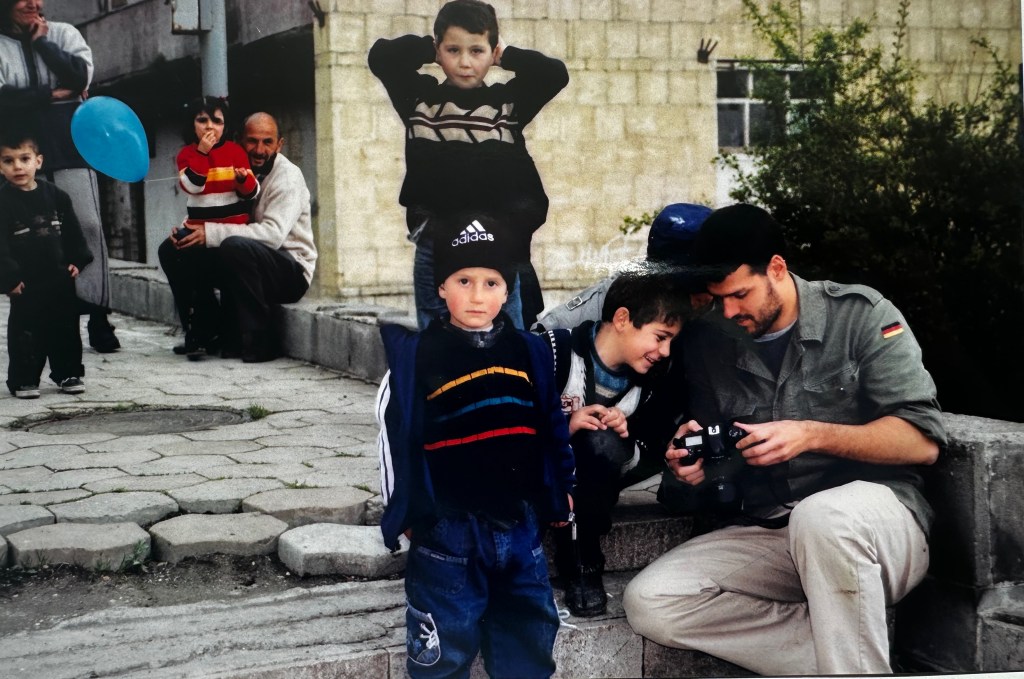
Of course, we stuck out like sore thumbs, as the only non-Armenians we really ever saw there, save for one other couple that we dined with over cream-covered Georgian dumplings in a dark restaurant. There was a very shadowy vibe to the whole situation — a people and place existing in limbo, ever on the verge of the next war, as scars of the past war haunt the present. Despair was the dominant emotion, despite occasional flares of frivolity and fun.
When I came back to Santa Barbara a month later, I worked on a cover story for the Independent, which we ran soon after. Seeking to expand my bylines, I reached out to a TIME Magazine editor I’d met in Belize in 2001, and he suggested calling a man named Howard Chua-Eoan.
When he answered the phone, I could hear the buzz of a Manhattan newsroom in the background, and Howard, who turned out to be the magazine’s news director, encouraged me to send him some stories. He was intrigued by the Kafkaesque nature of the unrecognized republic, so I tried a few pieces that pulled at those themes.
None of those ever ran — I really didn’t even know what kind of stories that magazine was running at that point — but Howard liked my work. For the next decade, I contributed regularly to TIME as a stringer, covering everything from trans-fat bans and offshore oil rigs to sea otters, the Michael Jackson trial, and podcasting, which I wrote about in 2004 when only a handful of podcasts existed. I was known around the TIME newsroom, I later learned, as the guy who broke podcasting.
Wondering what to do with my wine reporting, I wandered into the old Borders Bookstore on State Street, which was a couple of blocks from my Santa Barbara Street house. I went to the wine magazine aisle and saw Wine Spectator was the largest title there. I reached out with a cold-call pitch about my trip to Nagorno-Karabakh, where I’d also made sure that Jonathan took ample wine photos, as he was mostly interested in the military.
To my gleeful surprise, the magazine had never heard of the place either, and they were quite interested. They took me up on the pitch, offering $1 per word for a more than 3,000-word piece, which was a great rate then. (As a testament to the struggles of the media industry, that’s still a decent rate today, unfortunately.)
In addition to publishing “In the Mountains of Karabakh” in June 2005, Wine Spectator immediately asked for more stories, realizing I was a trained journalist with basic wine knowledge on the Central Coast, where their coverage was lacking. I contributed a handful of articles each year for about a decade, including pieces on fracking in Monterey County, turmoil over the Wine Cask ownership, the wine-paintings of Christina LoCascio (now Larner), and what I think was the first feature ever about Native American–made wines.
In 2014, thanks in large part to those bylines, Wine Enthusiast tracked me down. Though I wasn’t really interested in being a critic, they offered me that steady role and put me in charge of covering the Central Coast and Southern California. That’s become a primary source of my income, elevating wine writing from just one of the journalistic tricks I had up my sleeve to my main event.
Who knows if any of that would have happened without this crazy trip 20 years ago?
I’d been thinking about returning to Nagorno-Karabakh in 2024, which would mark the 20-year anniversary of my original visit. I watched with much concern when real war broke out there again in 2020, as Azerbaijan sought to reclaim the land for good. I didn’t entertain a return trip at that time myself — COVID was raging, for one, and my desire to report on dangerous places dwindled considerably when I became a father 14 years ago. But Jonathan was there, one of the few journalists brave enough to report from the front lines. When the smoke cleared, Azerbaijan had taken over a few critical parts of Karabakh.
Things had cooled a bit by 2023, and I was beginning to research what a visit this year would look like when Azerbaijan attacked again in September. The blows were quick and strategic, and it became clear very quickly that — with war in Ukraine already raging, among other global disasters — no one was coming to the defense of the ethnic Armenians. Within a few days, their refugee convoys were on my computer screen, and my dream of returning to Nagorno-Karabakh was kaput.


Jonathan Alpeyrie | Credit: Courtesy
Right around that time, though, I learned that Jason Wise, the director of the Somm documentaries and founder of SOMM TV, was preparing to release his opus, Cup of Salvation. I’d been in touch with Jason during its production, even putting him in touch with Jonathan Alpeyrie. But until I watched the film, I had no idea how much Armenia and Nagorno-Karabakh were central to the Cup of Salvation story. Jonathan himself wound up offering critical on-screen insight.
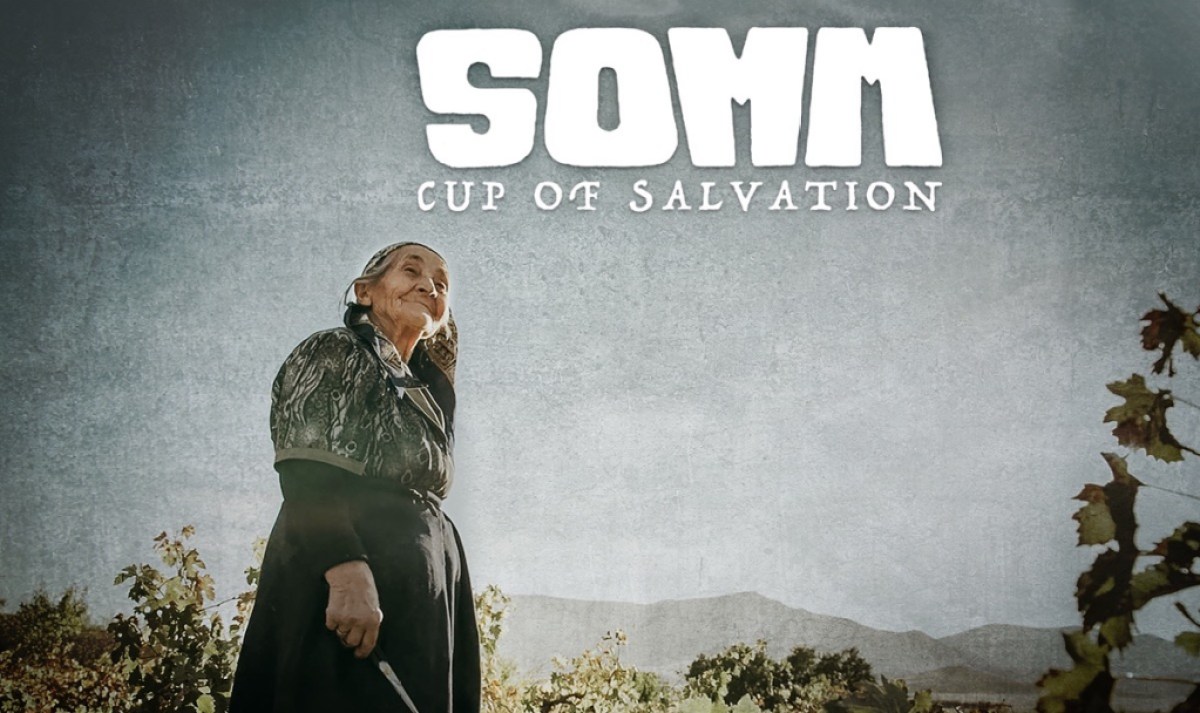
The documentary, which plays out like a thriller at times while frequently pulling on the heartstrings as well, follows Armenian winemaker Vahe Keushguerian as he decides to head into Iran, where alcohol is forbidden, and smuggle out grapes to make wine. I wrote this separate feature about how the film came to be, so check it out if you want to know how Karabakh connects to that Iranian mission. And if you want to watch it, it starts to stream today, February 23, via SOMM TV. Click here.
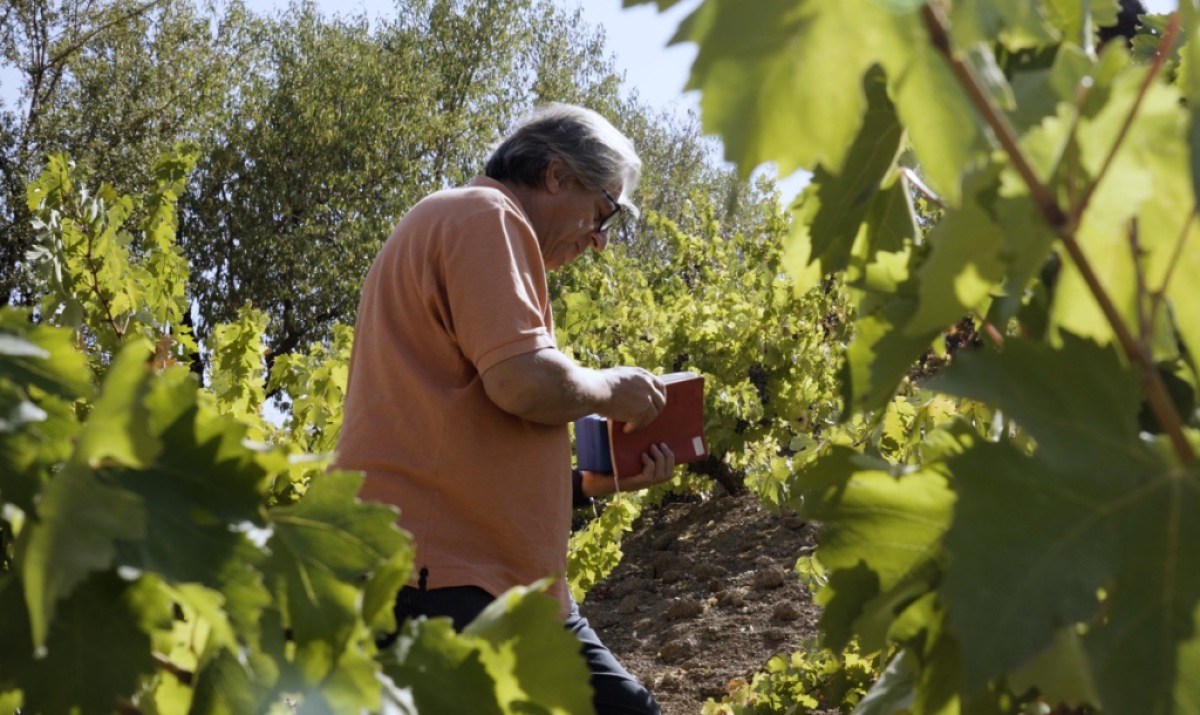
Meanwhile, I may return to Armenia after all in 2024. I recently spoke with a marketing firm that promotes culture and tourism in the country, and am considering a visit this fall. I’m pretty certain that I won’t be able to enter what was formerly Nagorno-Karabakh, but I’d hope to at least catch a glimpse from across the border. It would be rewarding to once again see that road where my own career gathered momentum.
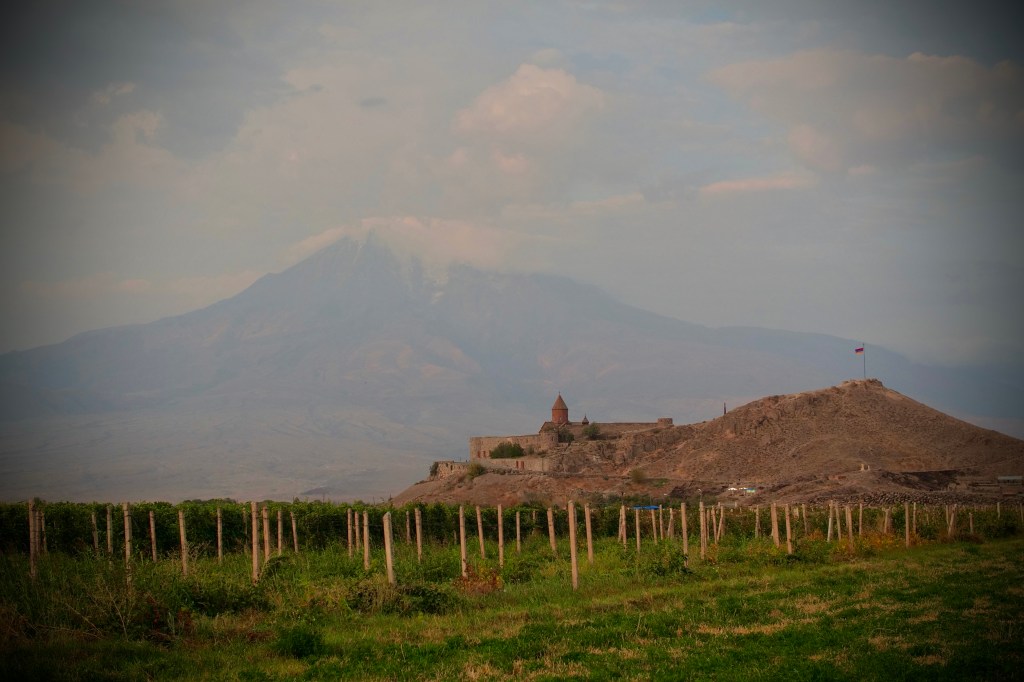
From Our Table
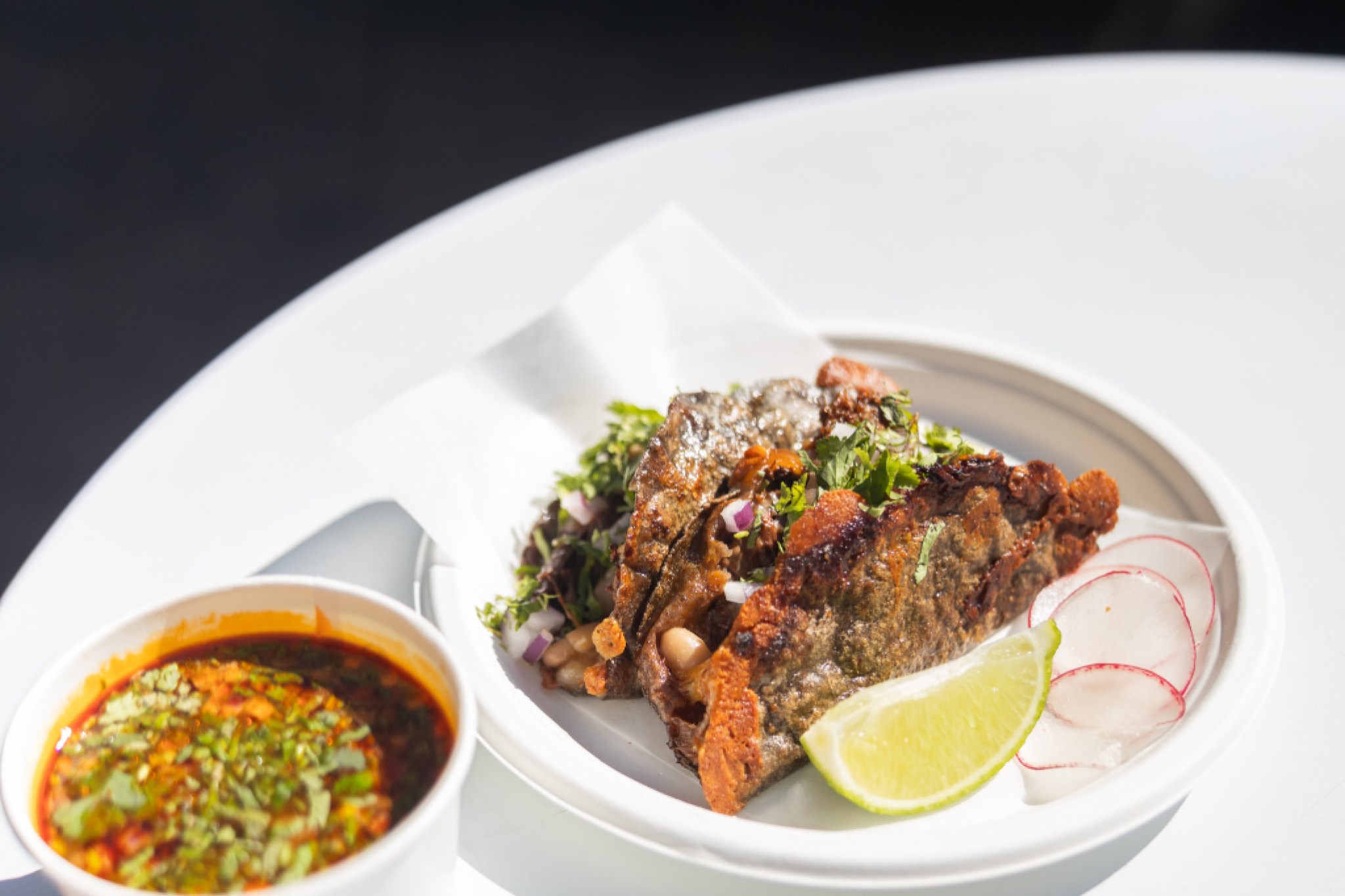
Here are some stories you may have missed:
- Our web maestro Donny Brubaker created a special landing page at independent.com/chrispotter for all of the Chris Potter stories we have done over the years, both before and after his recent passing. His memorial is this Saturday at Dos Pueblos High, followed by a reception at The Timbers. Please RSVP here for both.
- Rebecca Horrigan tamed the tacos at Beast, located inside the State Street building that also houses M. Special.
- Vanessa Vin reports on her sipping favorites at the recent Garagiste Festival in Solvang.
- Leslie Dinaberg previews what to expect at the World of Pinot Noir next weekend at the Ritz-Carlton Bacara.
Premier Events
Sun, Apr 28
6:00 PM
Santa Barbara
AHA! Presents: Sing It Out!
Thu, May 02
5:00 PM
Santa Barbara
Things with Wings at Art & Soul
Sat, May 04
10:00 AM
Lompoc
RocketTown Comic Con 2024
Sun, Apr 28
11:00 AM
Santa Barbara
Santa Barbara Earth Day Festival 2024
Wed, May 01
7:30 PM
Santa Barbara
American Theatre Guild Presents “Come From Away”
Thu, May 02
5:00 PM
Santa Barbara
100th Birthday Tribute for James Galanos
Thu, May 02
5:00 PM
Santa Barbara
Meet the Creator of The Caregiver Oracle Deck
Fri, May 03
4:00 PM
Santa Barbara
Santa Barbara Fair+Expo “Double Thrill Double Fun”
Fri, May 03
8:00 PM
Santa barbara
Performance by Marca MP
Sat, May 04
10:00 AM
Solvang
Touch A Truck
Sat, May 04
11:00 AM
Santa Barbara
Mental Wellness Center’s 28th Annual Arts Faire
Sat, May 04
11:00 AM
Santa Barbara
Community History Day
Sat, May 04
3:00 PM
Solvang
The SYV Chorale Presents Disney Magic Concert
Sun, Apr 28 6:00 PM
Santa Barbara
AHA! Presents: Sing It Out!
Thu, May 02 5:00 PM
Santa Barbara
Things with Wings at Art & Soul
Sat, May 04 10:00 AM
Lompoc
RocketTown Comic Con 2024
Sun, Apr 28 11:00 AM
Santa Barbara
Santa Barbara Earth Day Festival 2024
Wed, May 01 7:30 PM
Santa Barbara
American Theatre Guild Presents “Come From Away”
Thu, May 02 5:00 PM
Santa Barbara
100th Birthday Tribute for James Galanos
Thu, May 02 5:00 PM
Santa Barbara
Meet the Creator of The Caregiver Oracle Deck
Fri, May 03 4:00 PM
Santa Barbara
Santa Barbara Fair+Expo “Double Thrill Double Fun”
Fri, May 03 8:00 PM
Santa barbara
Performance by Marca MP
Sat, May 04 10:00 AM
Solvang
Touch A Truck
Sat, May 04 11:00 AM
Santa Barbara
Mental Wellness Center’s 28th Annual Arts Faire
Sat, May 04 11:00 AM
Santa Barbara
Community History Day
Sat, May 04 3:00 PM
Solvang

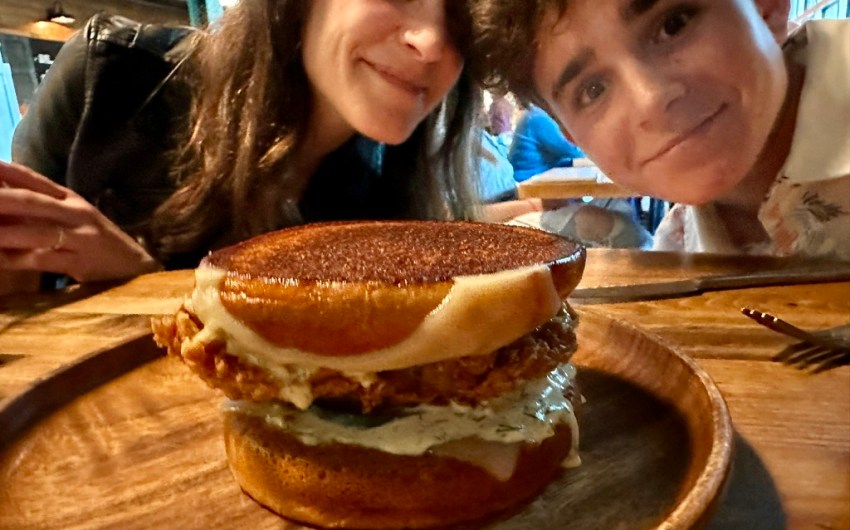
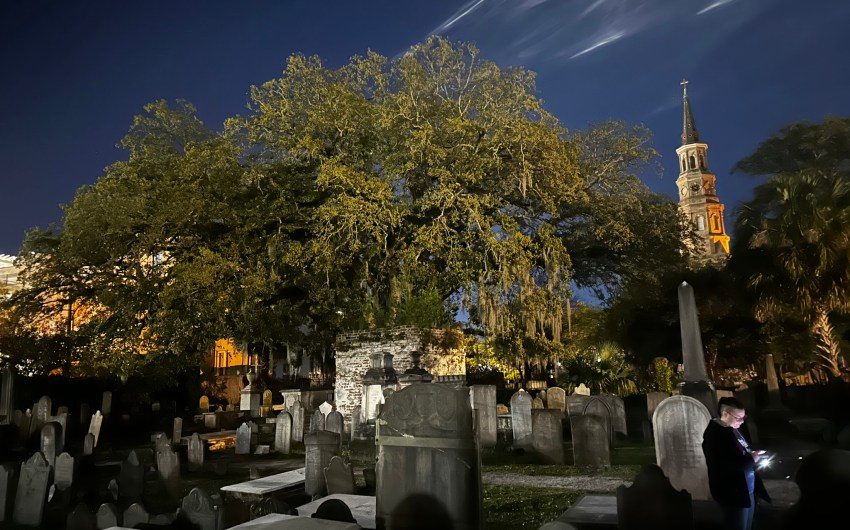
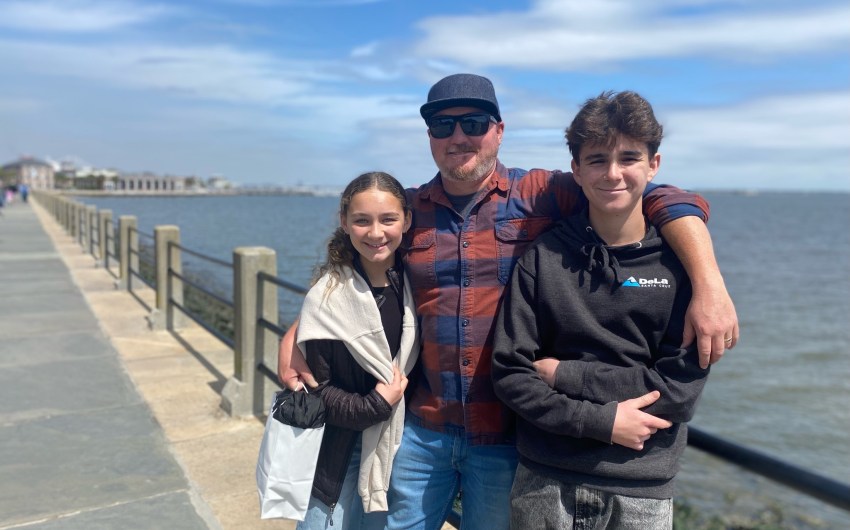





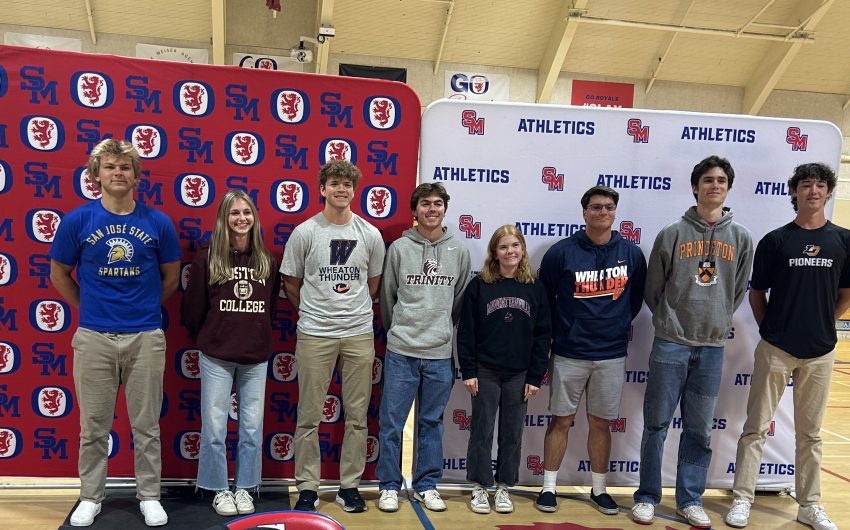
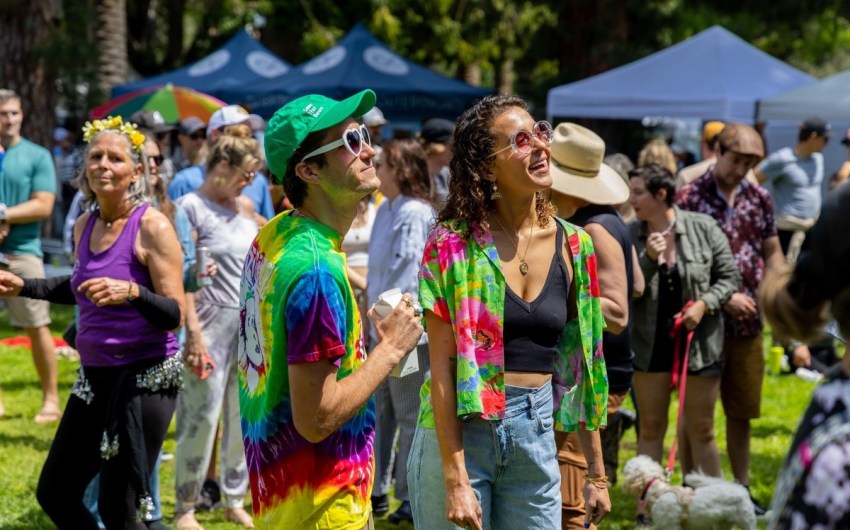
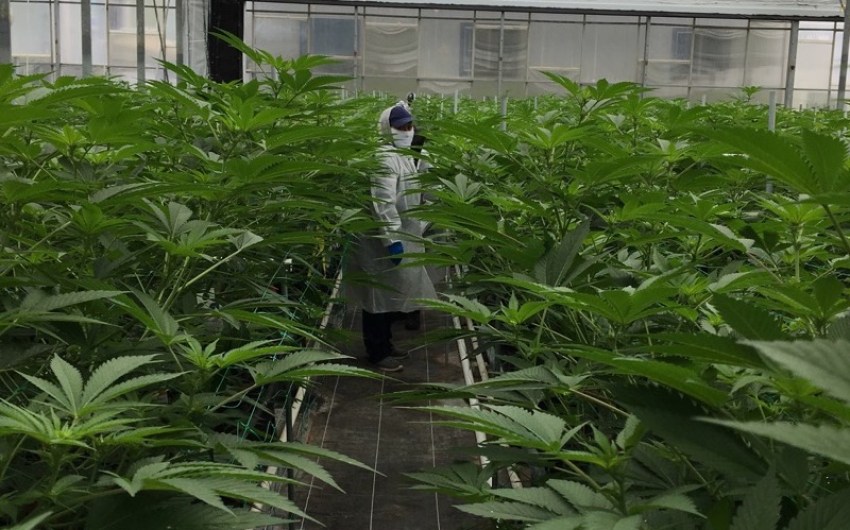
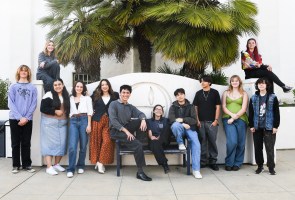










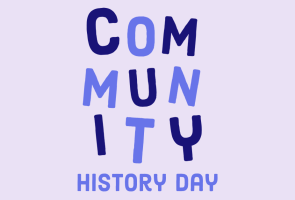
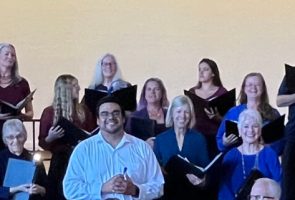
You must be logged in to post a comment.